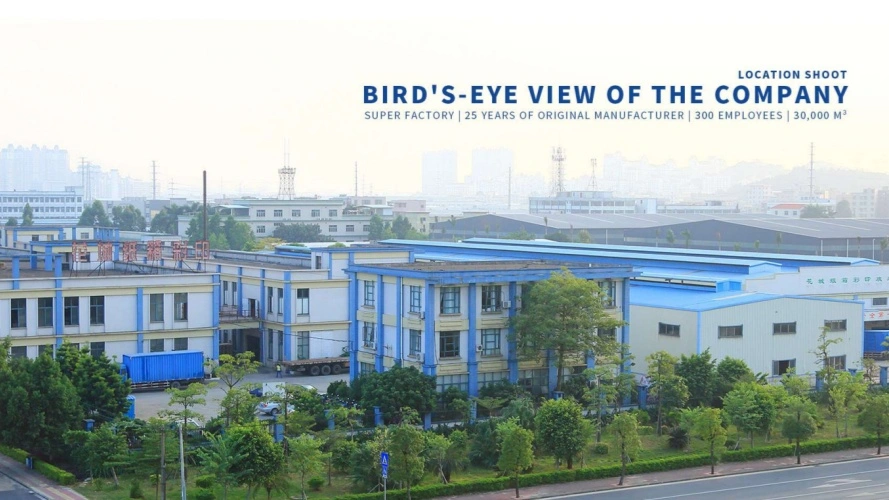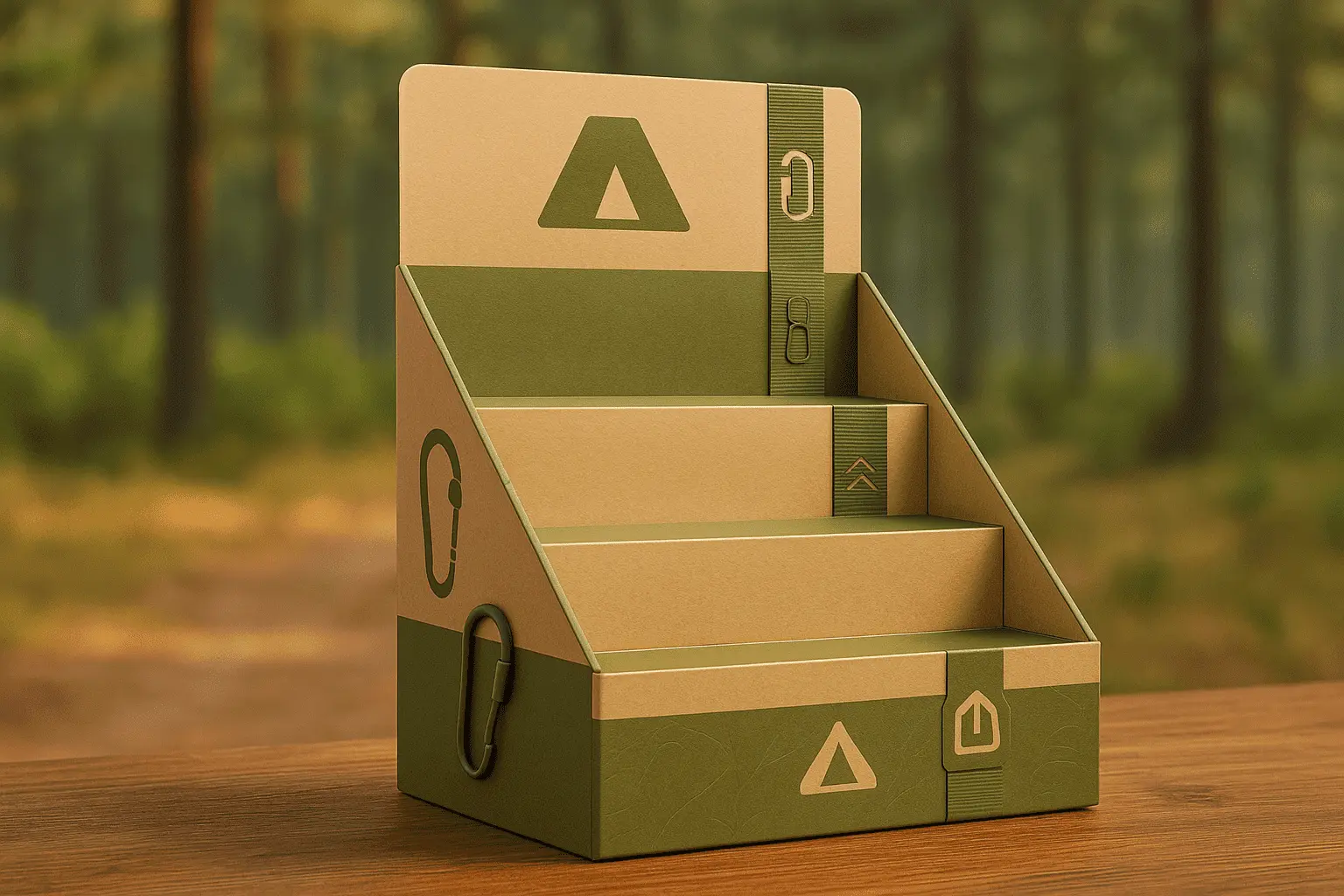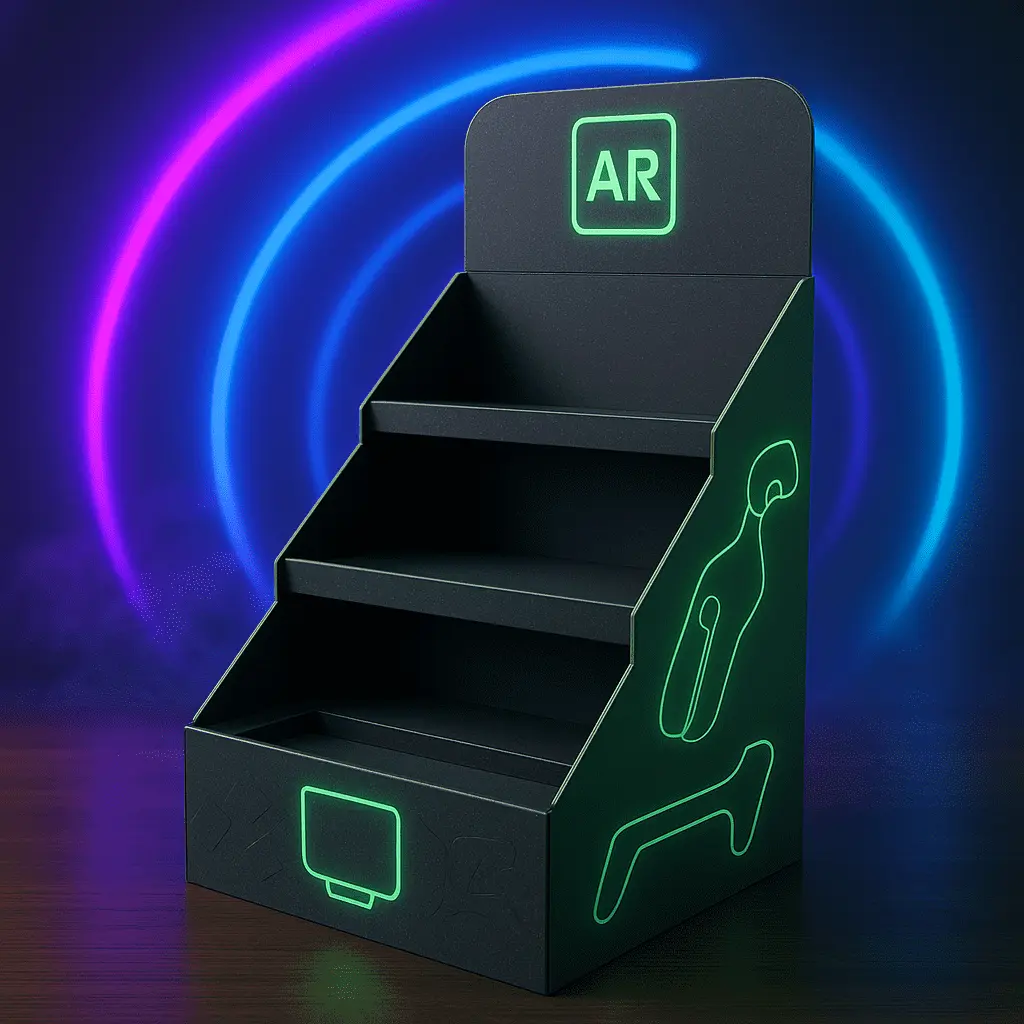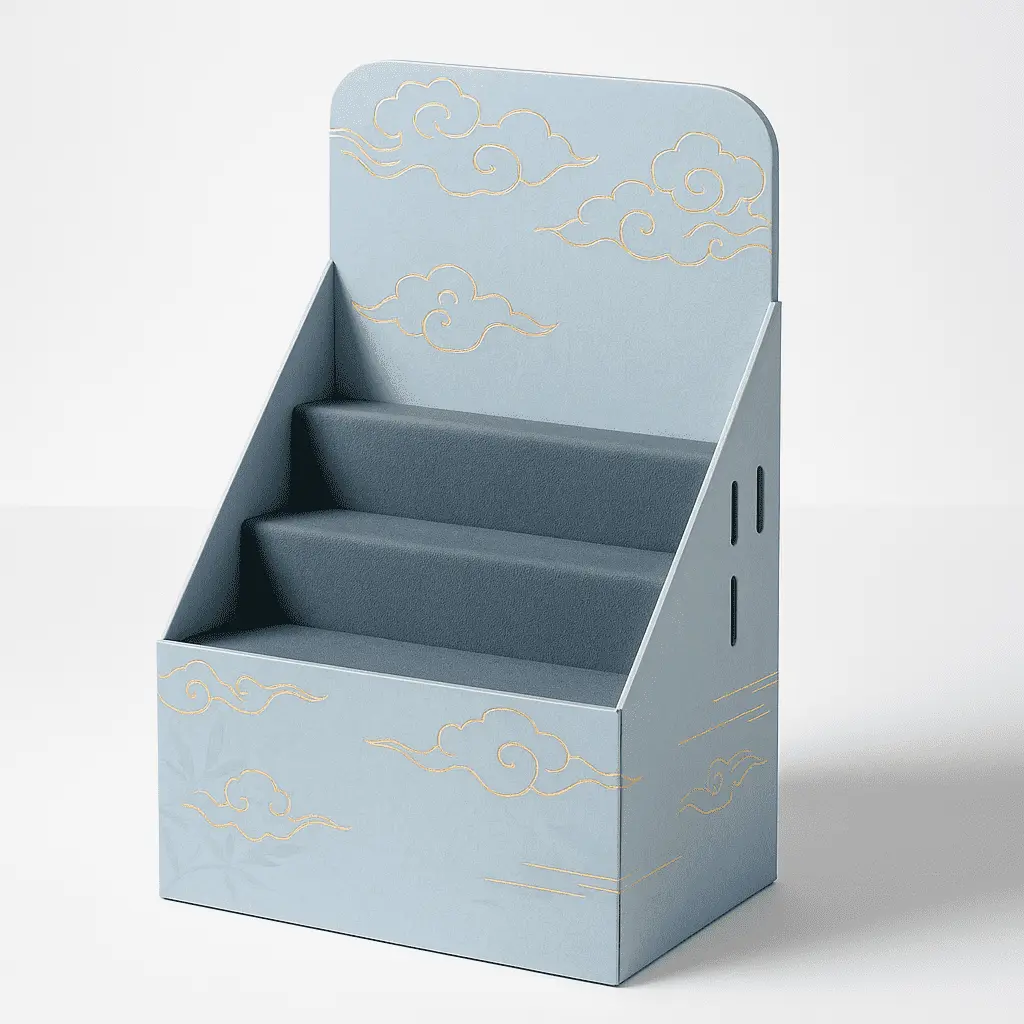Recycled Cardboard: A Versatile and Sustainable Choice for PDQ Displays
The Environmental Benefits of Recycled Cardboard
Recycled cardboard has emerged as a frontrunner in sustainable materials for PDQ retail displays. This eco-friendly option significantly reduces the demand for virgin paper products, consequently decreasing deforestation and minimizing the carbon footprint associated with paper production. The recycling process consumes less energy and water compared to manufacturing new cardboard, further enhancing its environmental credentials.
Durability and Structural Integrity
Contrary to common misconceptions, recycled cardboard exhibits remarkable strength and durability. Advanced manufacturing techniques have improved its structural integrity, making it suitable for creating sturdy PDQ retail displays that can withstand the rigors of retail environments. These displays maintain their shape and appearance throughout their intended lifespan, ensuring products are presented attractively to customers.
Customization and Branding Opportunities
Recycled cardboard offers extensive customization options for PDQ displays. It can be easily printed on, die-cut, and molded into various shapes and sizes, allowing brands to create unique, eye-catching designs that align with their marketing strategies. The material's versatility enables the creation of intricate structures and vibrant graphics, enhancing product visibility and brand recognition at the point of sale.
Biodegradable Plastics: Innovative Solutions for Eco-Friendly Retail Displays
Advancements in Biodegradable Plastic Technology
The development of biodegradable plastics has revolutionized the PDQ display industry. These materials, derived from renewable resources such as corn starch or sugarcane, offer a sustainable alternative to traditional petroleum-based plastics. Biodegradable plastics decompose naturally under specific conditions, significantly reducing long-term environmental impact and addressing concerns about plastic pollution.
Performance and Aesthetic Appeal
Modern biodegradable plastics rival their conventional counterparts in terms of performance and appearance. They possess the strength and flexibility required for durable PDQ retail displays while maintaining an attractive, high-quality finish. These materials can be molded, extruded, or thermoformed into various shapes, allowing for creative and functional display designs that effectively showcase products.
End-of-Life Considerations and Circular Economy
One of the most significant advantages of biodegradable plastics is their ability to be composted or biodegraded at the end of their lifecycle. This characteristic aligns with circular economy principles, where materials are designed to be reused or returned to nature. Retailers can promote their commitment to sustainability by highlighting the use of these eco-friendly materials in their PDQ displays, potentially influencing consumer purchasing decisions.
Bamboo: A Renewable and Versatile Material for Sustainable Displays
Rapid Growth and Renewability
Bamboo stands out as a highly sustainable material thanks to its exceptional growth speed and renewability. Unlike hardwood trees that can take 20 to 60 years to mature, certain bamboo species can grow up to 91 centimeters in a single day and be harvested every 3 to 5 years. This rapid growth cycle reduces pressure on forests and minimizes long-term ecological disruption. Its ability to regenerate from the same root system further enhances its environmental credentials, making it ideal for sustainable PDQ display production.
Strength and Durability in Retail Environments
While bamboo is lightweight, it is impressively strong and durable, making it well-suited for the demands of retail display construction. Engineered bamboo panels can rival the performance of hardwood or even steel in terms of strength-to-weight ratio. This durability ensures that PDQ retail displays made from bamboo can endure frequent handling, heavy stocking, and constant customer interaction without compromising their stability or aesthetics. Its resilience under stress makes bamboo a practical, eco-friendly alternative to traditional display materials in high-traffic environments.
Natural Aesthetic and Brand Alignment
Bamboo’s organic look and tactile warmth provide an aesthetic advantage for brands seeking to convey sustainability. Its distinct texture and earthy tones offer a visually pleasing, nature-inspired presence that appeals to eco-conscious shoppers. Using bamboo in PDQ displays allows brands to align their physical merchandising with green values, reinforcing authenticity and building emotional connections with consumers. Whether left natural or treated for a sleek finish, bamboo offers design versatility, supporting both minimalist and contemporary branding strategies across retail settings.
Conclusion
The adoption of sustainable materials in PDQ retail displays represents a significant step towards environmental responsibility in the retail sector. Recycled cardboard, biodegradable plastics, and bamboo offer compelling alternatives to traditional materials, combining eco-friendliness with functionality and aesthetic appeal. As consumers increasingly prioritize sustainability, retailers and brands that embrace these innovative materials in their PDQ displays can enhance their environmental credentials while creating attractive and effective point-of-purchase solutions. The future of retail displays lies in these sustainable options, paving the way for a more environmentally conscious and visually appealing retail landscape.
Contact Us
Ready to revolutionize your retail displays with sustainable materials? Let us help you create eco-friendly PDQ displays that showcase your products while demonstrating your commitment to environmental stewardship. Contact our team of packaging experts today to explore customized, sustainable display solutions tailored to your brand's unique needs. Email us at support@fetchingprinting.com to start your journey towards greener retail displays.





